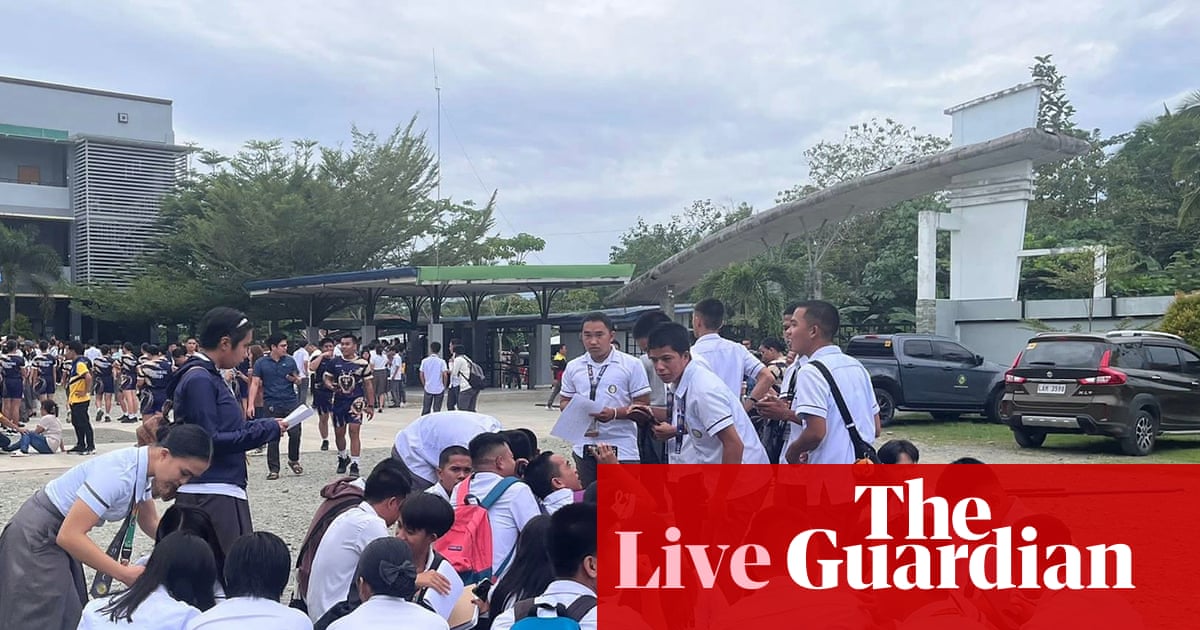| [1] |
Sandeep Ganesh G, Kolusu AS, Prasad K, Samudrala PK, Nemmani KVS. Advancing health care via artificial intelligence: from concept to clinic. Eur J Pharmacol 2022;934:175320. https://doi.org/10.1016/j.ejphar.2022.175320. |
| [2] |
Weizenbaum J. ELIZA–a computer program for the study of natural language communication between man and machine. Commun ACM 1966;9(1):36 − 45. https://doi.org/10.1145/365153.365168. |
| [3] |
Topol EJ. High-performance medicine: the convergence of human and artificial intelligence. Nat Med 2019;25(1):44 − 56. https://doi.org/10.1038/s41591-018-0300-7. |
| [4] |
Rajpurkar P, Chen E, Banerjee O, Topol EJ. AI in health and medicine. Nat Med 2022;28(1):31 − 8. https://doi.org/10.1038/s41591-021-01614-0. |
| [5] |
World Economic Forum. The future of AI-enabled health: leading the way report. Geneva: World Economic Forum; 2025. https://www.weforum.org/publications/industries-in-the-intelligent-age-white-paper-series/healthcare/. |
| [6] |
Celi LA, Cellini J, Charpignon ML, Dee EC, Dernoncourt F, Eber R, et al. Sources of bias in artificial intelligence that perpetuate healthcare disparities−a global review. PLoS Digit Health 2022;1(3):e0000022. https://doi.org/10.1371/journal.pdig.0000022. |
| [7] |
He JX, Baxter SL, Xu J, Xu JM, Zhou XT, Zhang K. The practical implementation of artificial intelligence technologies in medicine. Nat Med 2019;25(1):30 − 6. https://doi.org/10.1038/s41591-018-0307-0. |
| [8] |
Haibe-Kains B, Adam GA, Hosny A, Khodakarami F, Massive Analysis Quality Control (MAQC) Society Board of Directors, Waldron L, et al. Transparency and reproducibility in artificial intelligence. Nature 2020;586(7829):E14 − 6. https://doi.org/10.1038/s41586-020-2766-y. |
| [9] |
Fahrner LJ, Chen E, Topol E, Rajpurkar P. The generative era of medical AI. Cell 2025;188(14):3648 − 60. https://doi.org/10.1016/j.cell.2025.05.018. |
| [10] |
Van Veen D, Van Uden C, Blankemeier L, Delbrouck JB, Aali A, Bluethgen C, et al. Adapted large language models can outperform medical experts in clinical text summarization. Nat Med 2024;30(4):1134 − 42. https://doi.org/10.1038/s41591-024-02855-5. |
| [11] |
Kann BH, Hosny A, Aerts HJWL. Artificial intelligence for clinical oncology. Cancer Cell 2021;39(7):916 − 27. https://doi.org/10.1016/j.ccell.2021.04.002. |
| [12] |
Gaube S, Suresh H, Raue M, Merritt A, Berkowitz SJ, Lermer E, et al. Do as AI say: susceptibility in deployment of clinical decision-aids. npj Digit Med 2021;4(1):31. https://doi.org/10.1038/s41746-021-00385-9. |
| [13] |
Huynh E, Hosny A, Guthier C, Bitterman DS, Petit SF, Haas-Kogan DA, et al. Artificial intelligence in radiation oncology. Nat Rev Clin Oncol 2020;17(12):771 − 81. https://doi.org/10.1038/s41571-020-0417-8. |
| [14] |
Wang CD, Shao J, He YC, Wu JJ, Liu XT, Yang LQ, et al. Data-driven risk stratification and precision management of pulmonary nodules detected on chest computed tomography. Nat Med 2024;30(11):3184 − 95. https://doi.org/10.1038/s41591-024-03211-3. |
| [15] |
Jackson HW, Fischer JR, Zanotelli VRT, Ali HR, Mechera R, Soysal SD, et al. The single-cell pathology landscape of breast cancer. Nature 2020;578(7796):615 − 20. https://doi.org/10.1038/s41586-019-1876-x. |
| [16] |
Gong DX, Wu LL, Zhang J, Mu GG, Shen L, Liu J, et al. Detection of colorectal adenomas with a real-time computer-aided system (ENDOANGEL): a randomised controlled study. Lancet Gastroenterol Hepatol 2020;5(4):352 − 61. https://doi.org/10.1016/S2468-1253(19)30413-3. |
| [17] |
Bernstein IA, Zhang YV, Govil D, Majid I, Chang RT, Sun Y, et al. Comparison of ophthalmologist and large language model chatbot responses to online patient eye care questions. JAMA Netw Open 2023;6(8):e2330320. https://doi.org/10.1001/jamanetworkopen.2023.30320. |
| [18] |
Attia ZI, Harmon DM, Dugan J, Manka L, Lopez-Jimenez F, Lerman A, et al. Prospective evaluation of smartwatch-enabled detection of left ventricular dysfunction. Nat Med 2022;28(12):2497 − 503. https://doi.org/10.1038/s41591-022-02053-1. |
| [19] |
Menzies SW, Sinz C, Menzies M, Lo SN, Yolland W, Lingohr J, et al. Comparison of humans versus mobile phone-powered artificial intelligence for the diagnosis and management of pigmented skin cancer in secondary care: a multicentre, prospective, diagnostic, clinical trial. Lancet Digit Health 2023;5(10):e679 − 91. https://doi.org/10.1016/S2589-7500(23)00130-9. |
| [20] |
Topol EJ. Medical forecasting. Science 2024;384(6698):eadp7977. https://doi.org/10.1126/science.adp7977. |
| [21] |
Li YJ, Huang Q, Jiang J, Du XS, Xiang WX, Zhang SQ, et al. Large language model-based biological age prediction in large-scale populations. Nat Med 2025. http://dx.doi.org/10.1038/s41591-025-03856-8. |
| [22] |
Habicht J, Viswanathan S, Carrington B, Hauser TU, Harper R, Rollwage M. Closing the accessibility gap to mental health treatment with a personalized self-referral chatbot. Nat Med 2024;30(2):595 − 602. https://doi.org/10.1038/s41591-023-02766-x. |
| [23] |
Du HR, Zhao Y, Zhao JN, Xu SC, Lin XH, Chen YR, et al. Advancing real-time infectious disease forecasting using large language models. Nat Comput Sci 2025;5(6):467 − 80. https://doi.org/10.1038/s43588-025-00798-6. |
| [24] |
Hou ZY, Wu ZD, Qu ZQ, Gong LB, Peng H, Jit M, et al. A vaccine chatbot intervention for parents to improve HPV vaccination uptake among middle school girls: a cluster randomized trial. Nat Med 2025;31(6):1855 − 62. https://doi.org/10.1038/s41591-025-03618-6. |
| [25] |
Cutillo CM, Sharma KR, Foschini L, Kundu S, Mackintosh M, Mandl KD, et al. Machine intelligence in healthcare—perspectives on trustworthiness, explainability, usability, and transparency. npj Digit Med 2020;3:47. https://doi.org/10.1038/s41746-020-0254-2. |
| [26] |
How to support the transition to AI-powered healthcare. Nat Med 2024;30(3):609-10. http://dx.doi.org/10.1038/s41591-024-02897-9. |
| [27] |
Lee CS, Lee AY. Clinical applications of continual learning machine learning. Lancet Digit Health 2020;2(6):e279 − 81. https://doi.org/10.1016/S2589-7500(20)30102-3. |
| [28] |
Lekadir K, Frangi AF, Porras AR, Glocker B, Cintas C, Langlotz CP, et al. FUTURE-AI: international consensus guideline for trustworthy and deployable artificial intelligence in healthcare. BMJ 2025;388:e081554. https://doi.org/10.1136/bmj-2024-081554. |
| [29] |
Holland JH. Studying complex adaptive systems. J Syst Sci Complex 2006;19(1):1 − 8. https://doi.org/10.1007/s11424-006-0001-z. |
| [30] |
Shah NH, Entwistle D, Pfeffer MA. Creation and adoption of large language models in medicine. JAMA 2023;330(9):866 − 9. https://doi.org/10.1001/jama.2023.14217. |






